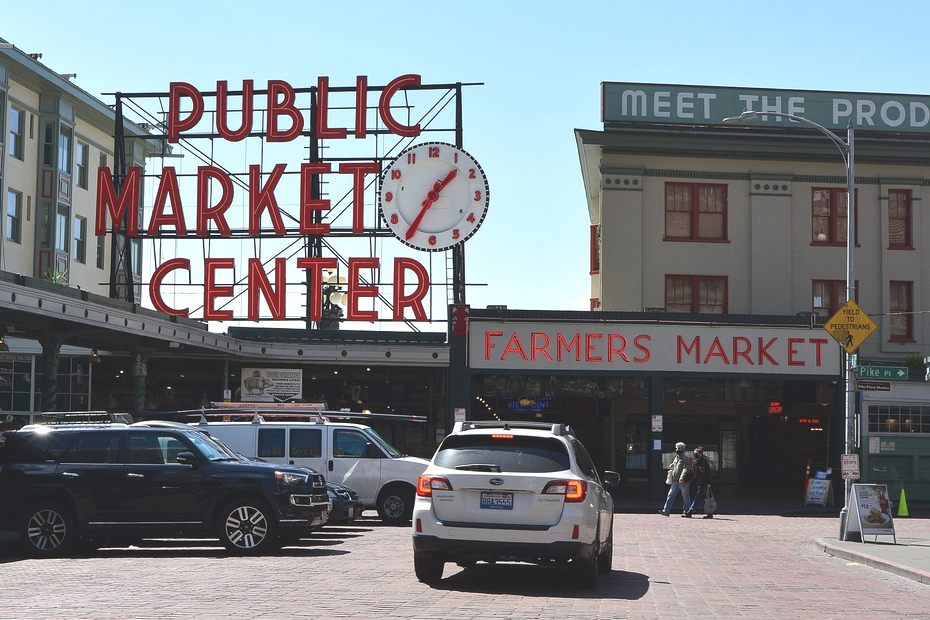Mid-Century Modern architecture and design emerged in the mid-20th century and was characterized by a focus on functionality, simplicity, and a blend of traditional and modern styles. This style was influenced by the Bauhaus movement, which emphasized the use of modern materials and techniques to create functional, aesthetically pleasing buildings and objects.
One key feature of Mid-Century Modern architecture is the use of clean, geometric lines and shapes. This can be seen in the use of rectangular windows, flat roofs, and sleek, streamlined facades. The focus on functionality is also evident in the use of large windows and glass walls, which not only allow for plenty of natural light, but also create a sense of openness and connection to the outdoors.
Mid-Century Modern design was also characterized by the use of natural materials such as wood, stone, and concrete. These materials were often left unfinished or minimally treated, creating a raw, natural aesthetic that was in contrast to the more ornate and decorative styles that were popular at the time.
One of the most iconic examples of Mid-Century Modern architecture is the Case Study Houses program, which was a series of experimental homes built in the 1950s and 60s in Southern California. These houses were designed to showcase the use of modern materials and techniques, and many of them became iconic examples of the Mid-Century Modern style.
Mid-Century Modern architecture and design was a significant movement that focused on functionality, simplicity, and the use of modern materials and techniques. It has had a lasting influence on the way we design and build, and its aesthetic continues to be popular today.
